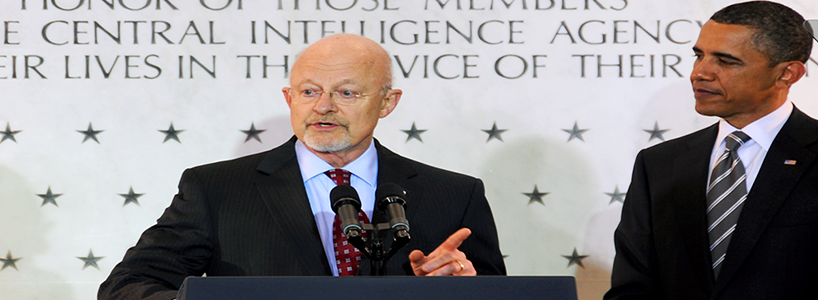When it comes to the apparently perplexing problem of effective security clearances, the Intelligence and National Security Alliance (INSA) seems to be saying what’s way too obvious: it’s the 21st century. Not only that we should be doing better than we are when it comes to background checks and updates, but also that we could very well be doing better. At least, that’s the tone of INSA President Chuck Alsup’s message to its members, and others who should be listening. Alsup, it seems, would know.
WHO’S ALSUP?
In January, Chuck Alsup stepped up from INSA Vice President to INSA President. Former President Ambassador Joseph R. DeTrani slid over to INSA’s board of advisors. Before being appointed president, Chuck served as Vice President for Policy for five years. In that capacity, Chuck worked to build public-private partnerships to answer security challenges related to cybersecurity—an expertise he carried-over from his Army years—and, most relevant for today’s discussion, security policy reform.
Before that Chuck was with the Associate Deputy Director of National Intelligence for Policy, Plans and Requirements (ADDNI/PPR). With ODNI, Chuck had a hand in the national intelligence strategies, annual planning guidance, and, notably, “reform of the security clearance process across the federal government.” So, Chuck knows. His continued career successes among the intelligentsia indicate his views are both welcome and on target.
CHUCK SAYS
In INSA’s early-October press release, Alsup is addressing not just the August NSA security breach, when contractor Harold Martin was found with thousands of pages of classified material. Alsup’s speaking to a longer history of security breaches he’s witnessed over the years in his capacity as intelligence leader and advisor on many levels.
Alsup writes, “Media reports Wednesday of yet another criminal mishandling of classified materials . . . are greatly troubling . . . . The technology exists today to implement a realistic risk management model, underpinned by continuous monitoring and evaluation processes along with targeted investigations that would greatly enhance government and industry’s ability to protect the integrity of the cleared workforce and the security of our Nation’s secrets.”
According to Alsup, the intelligence community—both federal and private-sector—have been making progress, but his tone says that nobody’s moving quickly enough. Alsup writes, “This latest incident serves as a call to redouble efforts to enhance employee training, invest in data loss prevention tools, and implement a formal insider threat incident response plan, among other mitigation measures.” Alsup does not itemize any examples of ambitious efforts to address weaknesses in the clearance and updating process, and aside from recent establishment of the National Background Investigations Bureau (NBIB), I’m not exactly sure to what Alsup may be referring. We’ll have to check that out.



